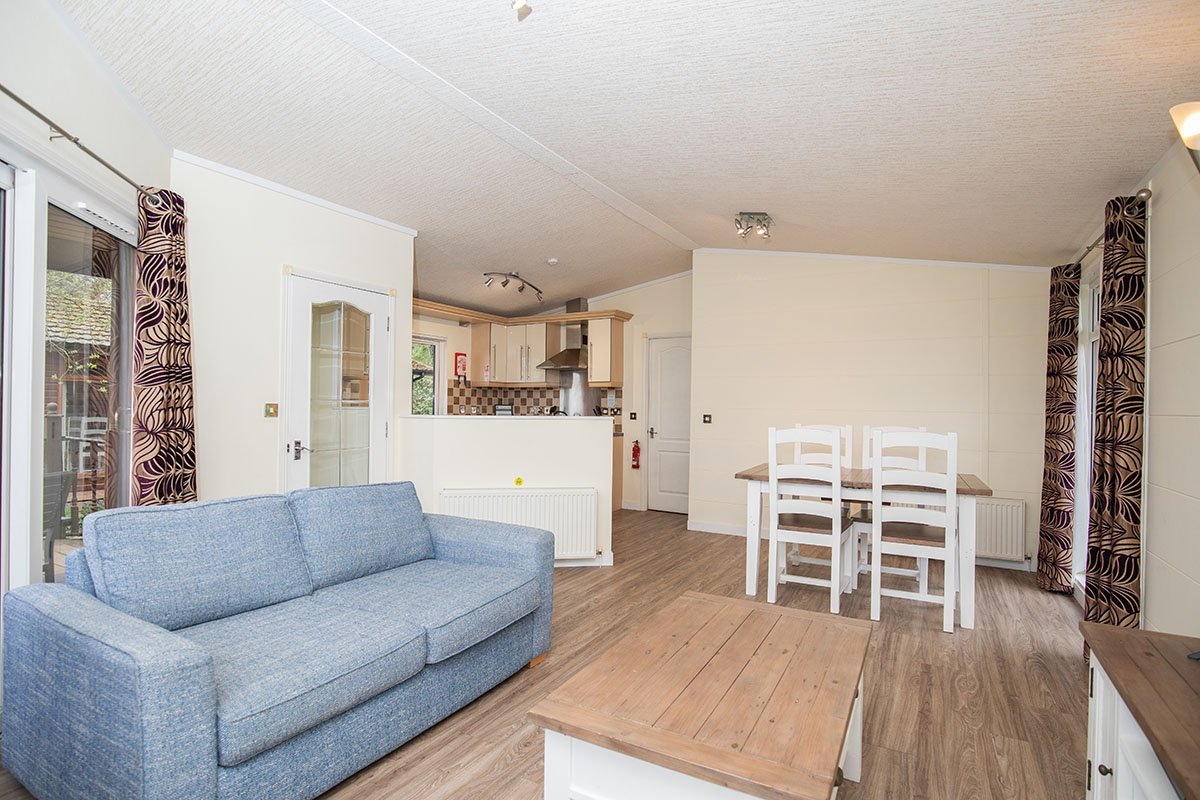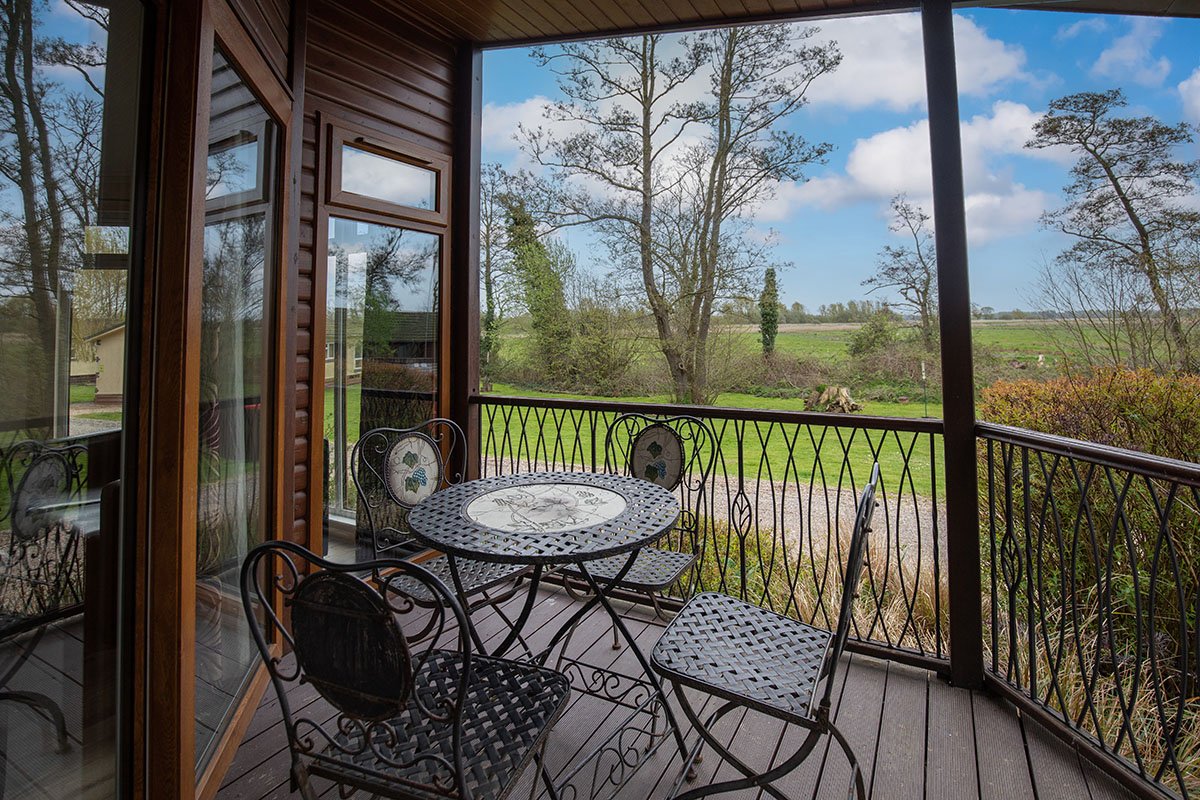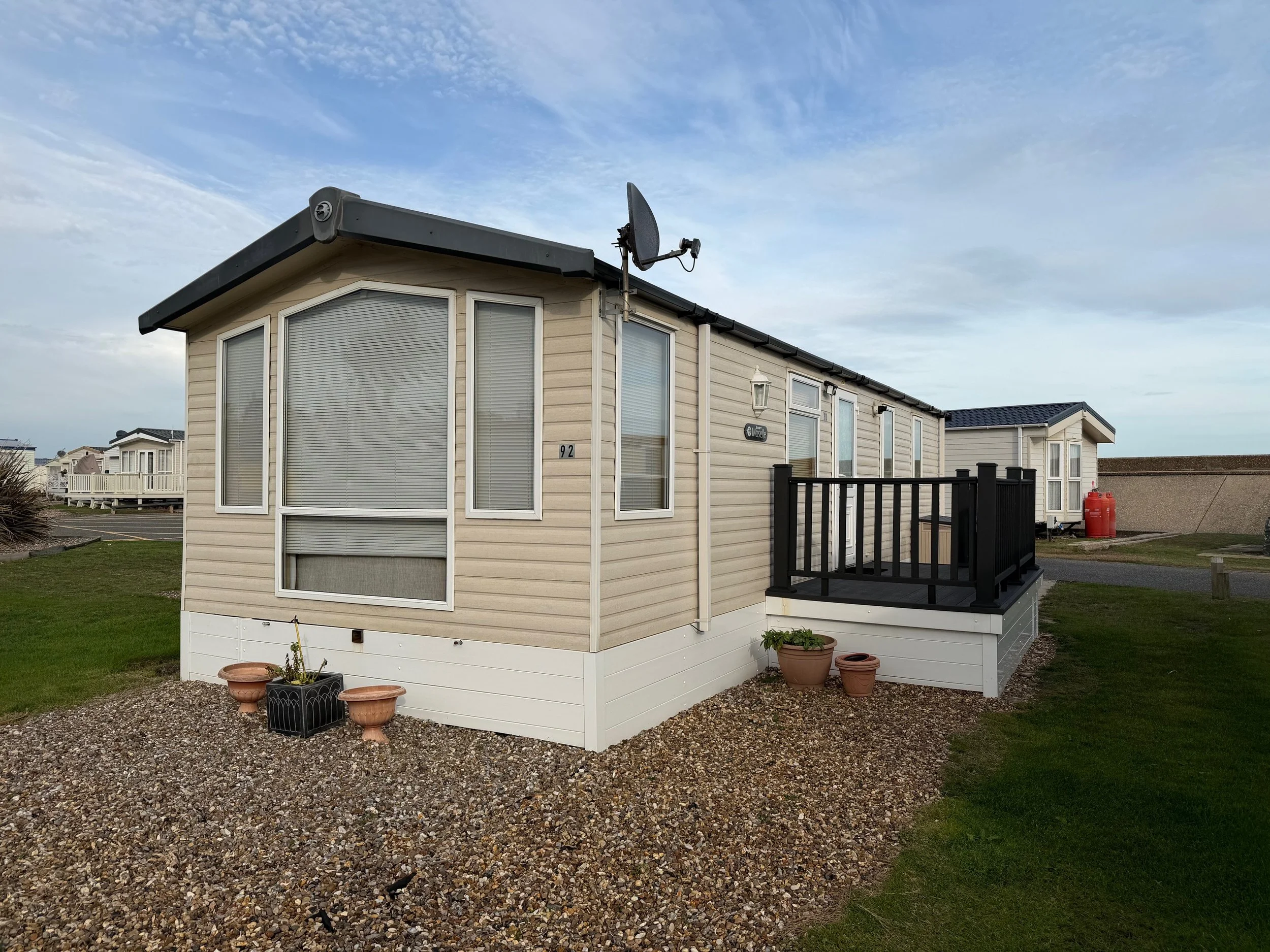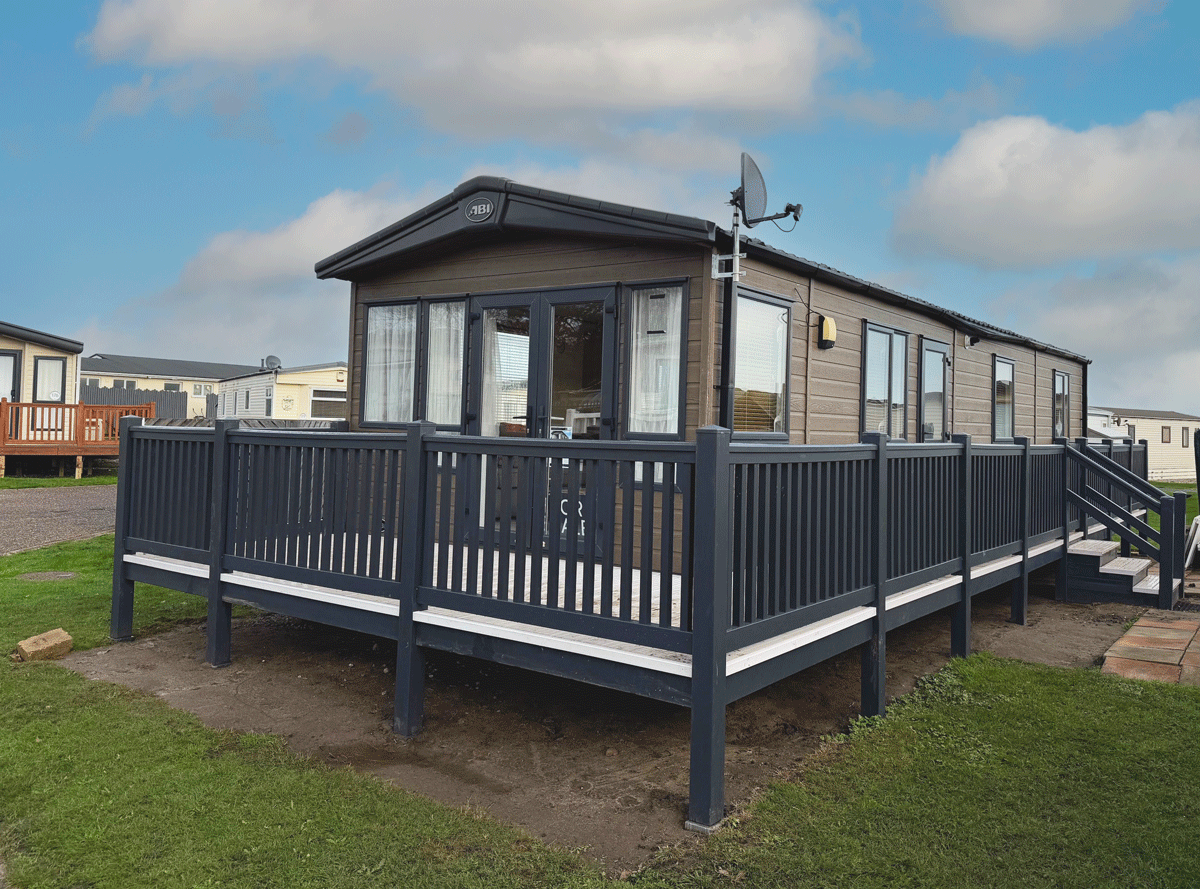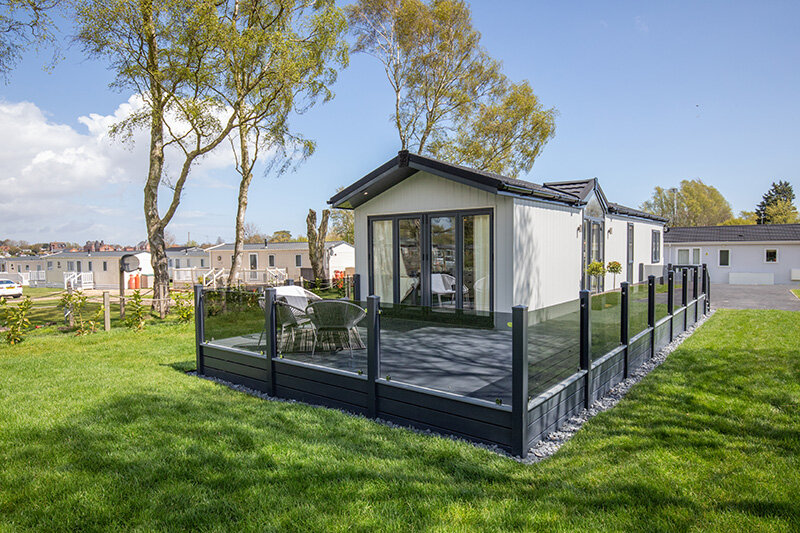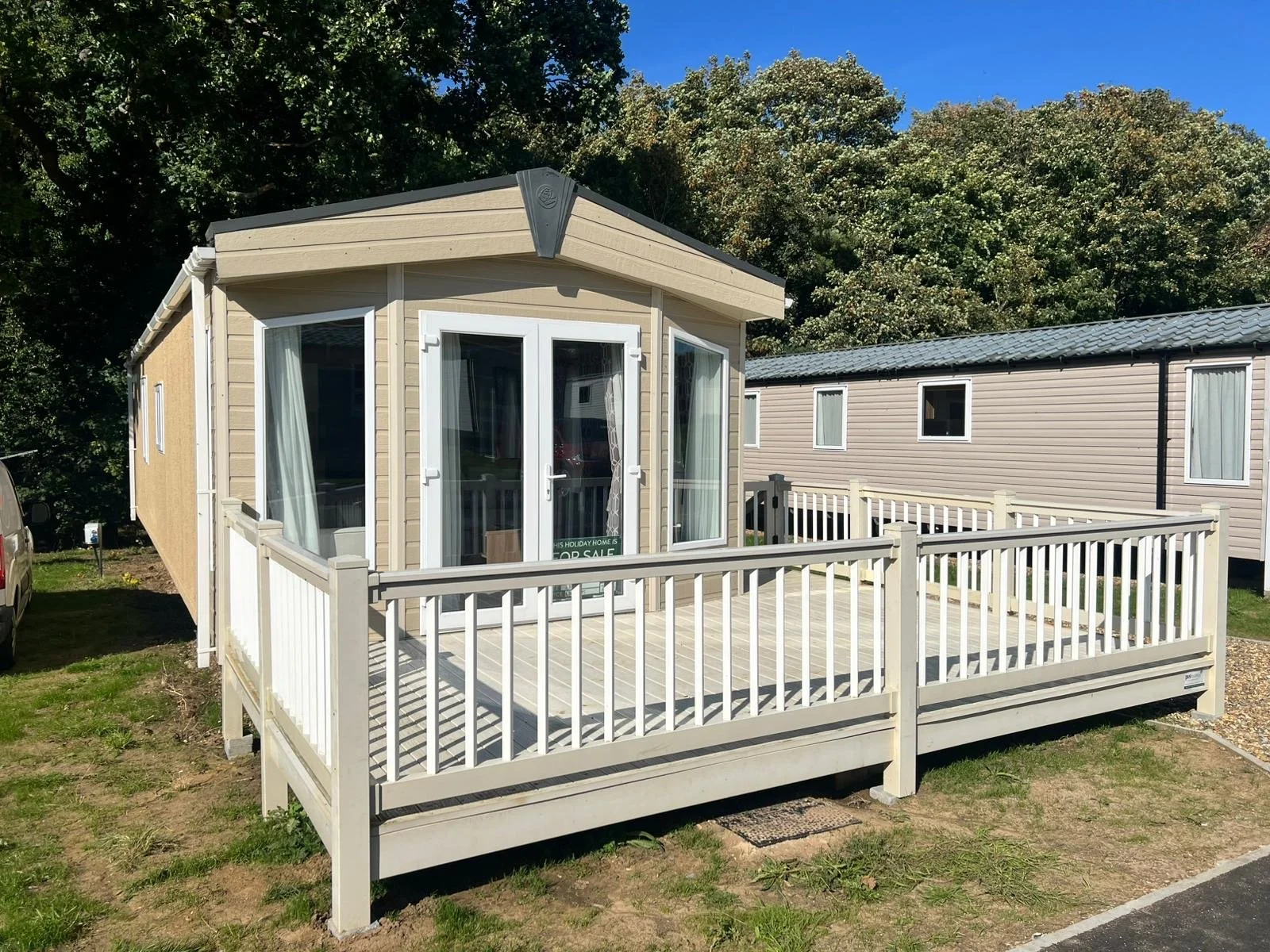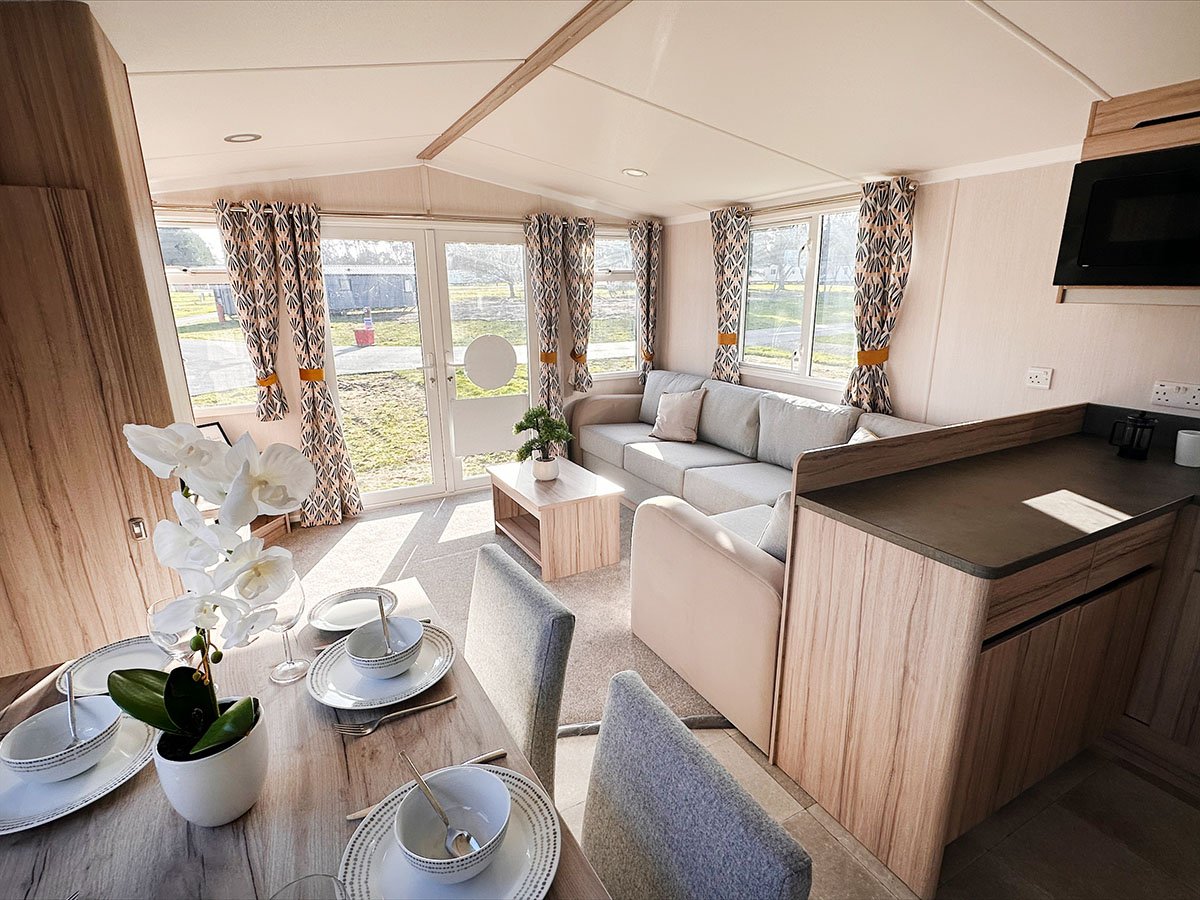Suffolk has such a rich and extensive history, visiting at least one of these important sites on your holiday will enrich your understanding of historic origin in the UK. The county has an outstanding countryside, a rugged coast line and fascinating history.
Some of the most important Anglo-Saxon settlements in the UK appear to have been in Suffolk, which makes it a great place to begin to explore the life of early settlers. You can study Medieval, Tudor, Georgian and Victorian history in the area as there are endless artefacts and architecture which date to back to these times. Here are few examples of the eldest, most important and stunning sites we think you would enjoy from your Suffolk holiday home.
Christchurch Mansion - Velvet, CC BY-SA 3.0, via Wikimedia Commons
1. Christchurch Mansion
The Christchurch Mansion is one of Suffolk’s most treasured buildings, and there are free daily tours which guide you through 500 years of history. The rooms you are shown through will demonstrate life and a typical house setting in the 16th to the 19th century. The Mansion boasts one of the UK’s largest collections of art by John Constable and Thomas Gainsborough, and there is also a collection of remarkable art by local Suffolk painters to enjoy.
Situated in the town of Eye, you will find the remanence of Normandy motte-and-bailey castle, built in 1066. The site was typical in that it was used for defence. It had an enclosed, raised building and a courtyard surrounded by a motte. It is one of the few castles in the area that is mentioned in the Domesday Book and has taken on many functions over the years, such as a prison, a school, markets and a workhouse.
2. Framlingham Castle
A magnificent example of a 12th century castle is Framlingham. The building has stood for over 800 years and is surrounded by luscious green parkland. The castle has a massive 10.5-metre high defence wall which visitors can walk along to admire the surroundings. There are also several intact Tudor chimneys, some of the greatest and well-preserved examples in the UK. The castle also has a 6.6-metre slide which will brighten the kids' day! Close to the castle is the 13th century Saxtead Green Corn Mill, which is open to the public, to look through the fascinating period machinery.
Hadleigh Guildhall - Roger Jones under CC-by-SA 2.0
3. Hadleigh
Hadleigh is an ancient market town and was one of the top woollen cloth towns in England, this brought wealth to the area which can be seen through the architecture found there. There are buildings which represent seven centuries of architecture, so don’t hesitate to book a guided tour to discover the history and the part the town played in it over the years.
Orford Castle - cc-by-sa/2.0 - © Ashley Dace - geograph.org.uk/p/1970813
4. Orford Castle
Orford Castle has an unusual history - ordered by Henry II, construction began on the revolutionary Orford Castle in 1165 and the marshes nearby were drained, turning Orford into a successful port. The high central tower is all that remains, which the outerworks being quarried for building material in the post-medieval period and the last section collapsing in 1841.
Today, you can take a guided tour around the castle, exploring the maze of the passages and a collection of Roman brooches, medieval seals, coins and borough regalia.
5. Lavenham
Along with Hadleigh, Lavenham is one of Suffolk’s most important wool towns and is considered to be Britain’s best preserved medieval village - Lavenham was the 14th richest town in Tudor England. With over 300 listing buildings for achitcerual and historic interest, Lavenham is an incredible place to visit, having inspired the fictional birthplace of Harry Potter with scenes being filmed there.
West Stow - User:Midnightblueowl, CC BY-SA 3.0, via Wikimedia Commons
6. West Stow
To absorb yourself further in the Anglo-Saxon life, a trip to West Stow is a must! It is an open-air museum that allows visitors to experience and bring to life the history of that period. There are many workshops, events and talks to demonstrate daily functions of that time. You can find out how houses were built in the early decades, dress up in clothing which would be common in the Anglo-Saxon period, see what they ate, how they exchanged goods and money. Even meet the rare and historic breeds of pigs and chickens. The workshops demonstrate Anglo-Saxon games, archery, longbow and music from that period.
Sutton Hoo ship burial site - Chris Allen under cc-by-sa/2.0
7. Sutton Hoo
Sutton Hoo is an Anglo-Saxon royal burial mound which dates to the 7th century. To view them you can take the short circular walk, with or without a guide. There were great riches found in the burial mounds here indicating that it was for some of the most important members of society at that time. These riches can now be seen in The British Museum London - artefacts such as weapons, jewellery, hair combs and toys. The burial mounds are definitely worth a visit and the far reaching views are spectacular.
8. Kentwell Hall
Referenced in the Domesday Book of 1086 as Kanewella, much of the Kentwell building facade dates from the mid-16th century and beyond. Today it is used has a family home to Patrick and Judith Phillips who has restored the house to former glory since the 1970’s.
Today there are Tudor reenactments and special events all year round, plus you can visit the romantic walled gardens with over 30 acres of tranquil breathing space.
Ickworth House in Suffolk, England - Squeezyboy on Flickr under Creative Commons Attribution 2.0 Generic
9. Ickworth
Built in the 18th century, Ickworth House was intended as a palace to showcase the many treasures and art collected by the Earl Bishop, who inherited the estate in 1779. The house was completed by his son, the 5th Earl, after the Earl Bishop died in 1803. The original concept was to have the two wings as galleries, but this was changed as the East wing being the family home of the 5th Earl and the central Rotunda as the gallery - the west wing was built for symmetry and went unused until recently.
Today, Ickworth House “boasts an impressive art collected with paintings by renowned artists such as Hogarth, Velázquez, Kauffmann and Vigée Le Brun, an impressive ambassadorial silver collection, amongst the largest in the National Trust and a wide variety of objets de virtu, fans, books and furniture.”






